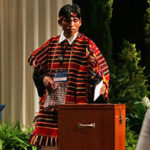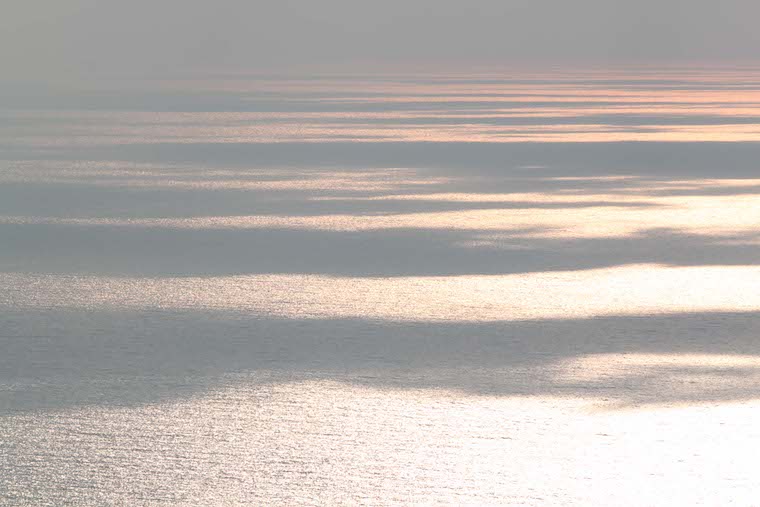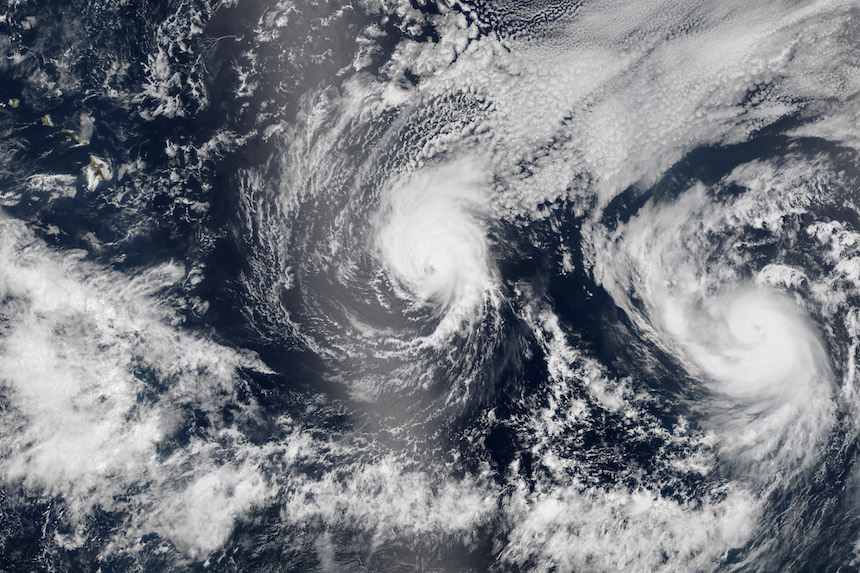
The Execution of the Bab
 The Bab was in a cell in the barracks of Tabriz. He had already been condemned to death by the Amir Kabir, Persia’s highest official. The death sentence was sanctioned by the religious authority of high clergy. Now it just remained for the sentence to be carried out.
The Bab was in a cell in the barracks of Tabriz. He had already been condemned to death by the Amir Kabir, Persia’s highest official. The death sentence was sanctioned by the religious authority of high clergy. Now it just remained for the sentence to be carried out.
Although death approached, the Bab was dictating a letter to one of his followers: Siyyid Husayn. The guards interrupted to take the Bab to his execution. He assured them that until he had completed what he had to say, no power on Earth would be able to prevent him doing so. Nonetheless they determined to take him out. With the Bab went Anis, another of his followers, who in his intense love for the Bab, refused to be separated.
In the barracks square outside, Sam Khan, the Christian colonel of an Armenian regiment was drawing up his troops. He arranged them in three rows of 250 men each – facing the place of execution. Gathered around on the roofs of the barracks and surrounding houses were 10,000 spectators – come to see the execution of a prophet. All wondered what would happen at the death of so famous a prisoner, whose name and teachings had swept Iran.
Sam Khan was ordered to execute the Bab. It was an order that he dreaded. As the Bab and Anis were brought out, the colonel approached them and spoke to the Bab. “I am a Christian and entertain no ill will against you. If your Cause is the … truth, enable me to free myself from the obligation to shed your blood.” The Bab responded, “Follow your instructions and if your intention be sincere, the Almighty is surely able to relieve you from your perplexity.”
Sam Khan ordered his men to drive a nail into the barracks wall. The Bab with Anis embraced against him, were suspended from the nail by a rope. All was ready.
Sam Khan ordered the first rank to fire. Then the second. Then the third.
The barrack’s square filled with gun smoke. When the smoke cleared, Anis was by himself, standing unharmed. The Bab had vanished. While the ropes by which they had been suspended had been cut to pieces, not a single bullet had harmed them. Immediately an uproar arose from the crowd. Had they witnessed a miracle? “The Bab is gone from our sight!” A desperate search was begun for him. Sometime later the Bab was found, back in his cell completing his letter to Siyyid Husayn. The head of the guards who had before taken the Bab out to be executed, immediately resigned his post (he later told his story to a friend – who became a follower of the Bab). Sam Khan also came to a decision. He ordered his men to leave the barracks immediately – swearing that he would never again associate himself with any injury to the Bab.
Despite these events, another commander volunteered to carry out the task. The Bab and Anis were suspended again. A new regiment was drawn up. This time when the order was given the Bab and his companion were riddled with bullets. It was 12 noon 9 July 1850. Their bodies were completely mangled, except for the face of the Bab, which remained unscathed. That evening their remains were taken from the barracks square and contemptuously cast at the edge of the city moat. Guards were set, to prevent the removal of the Bab’s remains. The next day the Russian consul in Tabriz brought an artist to the site to sketch the remains.
* * *
https://player.vimeo.com/video/2365253
Sources: The account above is closely based on the narrative found in Chapter 4 of God Passes By, the history of the first century of the Baha’i Faith written by Shoghi Effendi, and chapter 23 of The Dawn Breakers, written by Nabil-i-Zarandi (translated by Shoghi Effendi). The failure of the first attempt to execute the Bab is confirmed by independent western and non-western accounts of the time.
Image: Barracks square in Tabriz where the Bab was executed. Picture likely taken by Effie Baker, an Australian Baha’i photographer who travelled Iran in the 1930s, at the request of Shoghi Effendi, to take photos for The Dawn Breakers. A small cross marks the spot where the Bab was suspended.
(This article is the 94th in a series of what I hope will be 200 articles in 200 days for the 200th anniversary of the birth of Bahá’u’lláh. The anniversary is being celebrated around the world on 21 and 22 October 2017, The articles are simply my personal reflections on Bahá’u’lláh’s life and work. Any errors or inadequacies in these articles are solely my responsibility.)







